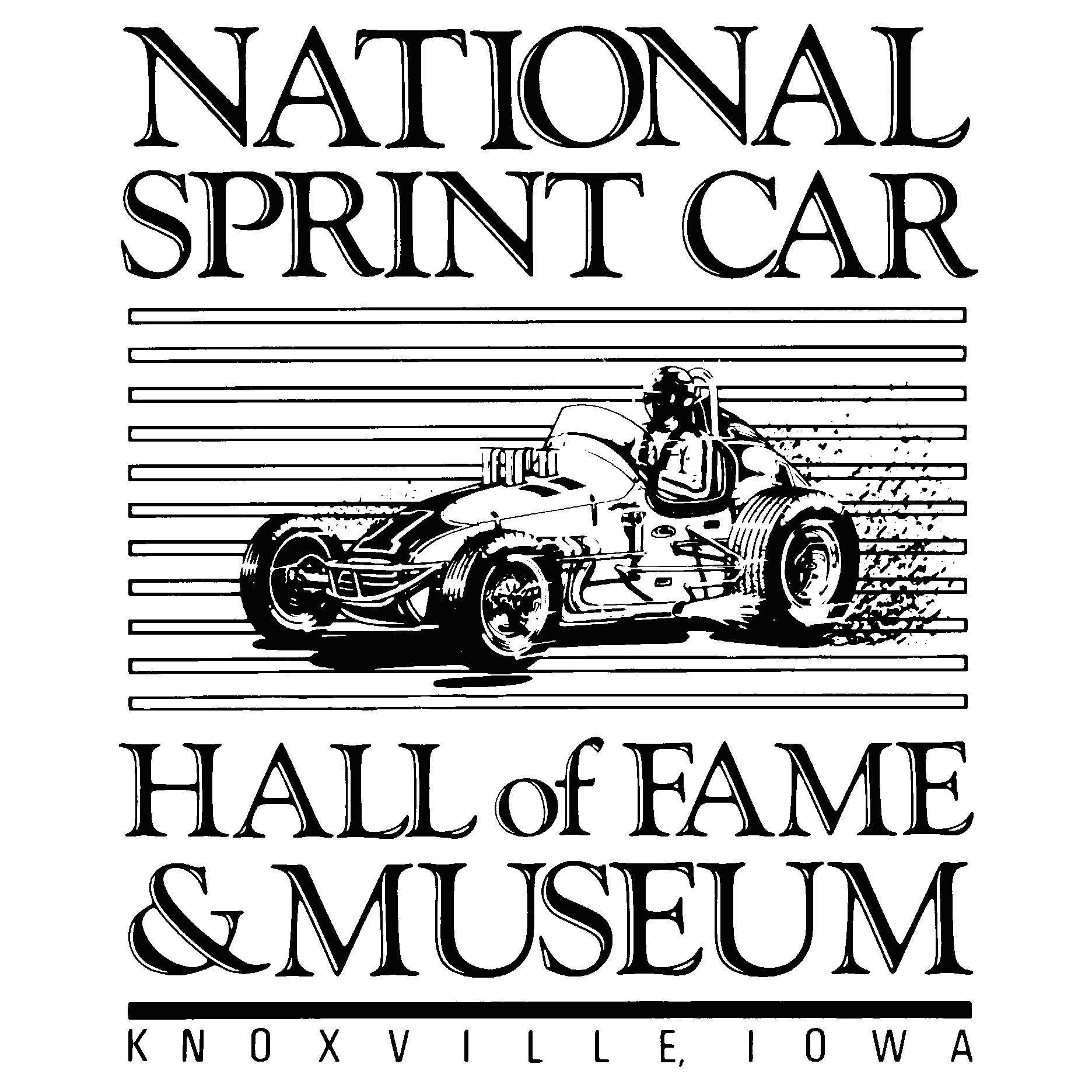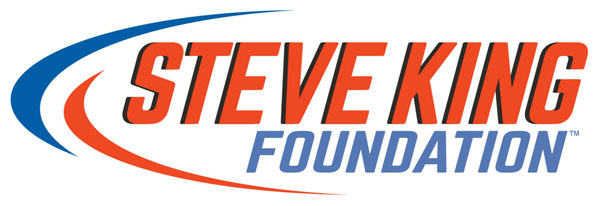Kevin Harvick continues to push for safety solutions with NASCAR's new car
Photo by HHP/ChrisOwens
KANSAS CITY, Kan.—Three times this season, Kevin Harvick has left the track feeling like a crash test dummy.
At Darlington Raceway, he became the fifth Ford driver to have a car burst into flames.
Clearly, the 2014 champion was emotional following the Southern 500. Harvick entered the race eighth in the standings. He was running fourth with 87 laps remaining in the race and looking at a decent finish when, out of nowhere, the No. 4 Ford turned into an inferno.
Last Sunday wasn’t the first time Harvick became heated. The 21-year-old Cup veteran has had a front row seat for NASCAR’s safety initiative from having to fill the chasm that followed Dale Earnhardt's death to the recent challenges stemming from the Next Gen car.
Forgive the 46-year-old if he’s taking the recent rash of accidents personally. Although NASCAR addressed the increased hazards by introducing a flange designed to decrease potential fires in the rocker box in August, it wasn’t until Harvick used his soapbox at Darlington that significant solutions materialized.
“After the whole fire thing at Darlington, the reaction on Tuesday was drastic but way too late,” Harvick said. “As we look at the fire problem for me, and I start digging through how that whole thing had transpired and gone down, then you look at the car and you start asking questions, and you're like, ‘Well, why did everything melt?’ Well, this is really not 100 percent fire-resistant. And here's the coating that we presented a couple of months ago after Chase’s fire, and it's been rejected.
“Now, this week, it's all in there, you got a piece of stainless on there. So that reaction, as I go back and talk to my guys, and we basically had a car catch on fire at every test. So it's not like it was a new problem. We had the 48 catch on fire at Darlington, I think the first race. And so we've seen a lot of these instances, and it's just a really, really slow reaction.”
NASCAR met with five members of the Drivers Advisory Council on Thursday. Denny Hamlin, Joey Logano, Kurt Busch, Austin Dillon and Corey LaJoie were brought up to speed on the adjustments the sanctioning body is discussing for the car.
“I think that they’re being proactive right now,” Hamlin said. “Obviously, they made a bunch of changes this week. I think what the drivers and the teams are saying is that it shouldn’t take us yelling through the media to get it done. That doesn’t help anybody and it certainly doesn’t help them, but the proof has been that yelling through the media typically gets results. That’s just kind of the way that it’s been.
“This is the most powerful tool you can have and sometimes you have to use it to force change and I think that’s what Harvick did this week. He’s had enough of them saying they would get to it, they would get to it and we’re working on it. Instead, they made an immediate change. But we want to see it coming after the second fire, the first fire. There’s been many, many fires before that one.”
Still, Hamlin believes the conversations with NASCAR have assuaged some of the drivers' safety concerns.
“Yes, I do feel better about it,” Hamlin added. “I certainly feel that they’re working to help us with the hits on the chassis. All that stuff does take time. They can’t just knee-jerk reaction and start cutting bars out of the chassis, that’s very irresponsible.
“I think they’re doing things methodically to make sure that the next revision of car that comes out is one that is improved in the areas that we need improving on, but that does take time through design and testing.”
From the inception of the Next Gen car, NASCAR has worked with a panel of independent safety experts, including Jeff Crandall, PhD, Director, Center for Applied Biomechanics—UVA; Barry S. Myers, MD, PhD, MBA, Duke faculty in Bioemedical Engineering & Orthopaedic Surgery (who reviewed and reported on the Dale Earnhardt investigation); James Raddin, Jr., MD, Physician and Engineer concentrated on human impact protection and injury biomechanics (co-author of NASCAR official Dale Earnhardt Accident Report); and Joel Stitzel, Jr., PhD, Head of Virginia Tech - Wake Forest University of Biomedical Engineering and Sciences.
But as issues arise, Harvick believes with the brain trust of the race teams, NASCAR could devise quicker responses and solutions by working in concert with the organizations.
“I think if the teams were in charge of stuff like that, and the proper input was put in place, we would have never had more than two fires if the teams were in charge for the whole field, because they would have collaborated and not been so slow to react,” Harvick said. “So, the whole safety thing is really kind of second fiddle right now. And I just don't think that's fair to the drivers. I do not think it's fair to the drivers, and we can debate all day but debating isn't really fixing anything.
“When I look at the car itself, it's not rear impacts, it's not front impacts, it's not side impacts, it's all impacts. No matter what they're filtered data says it's not what the drivers are feeling. And we need a louder voice. As I sat and thought about it this week, it really needs to have more of an independent group that makes the decisions on how to implement things and how to go through a process that's outside of NASCAR and the teams, because NASCAR is slow to react, and the teams are always worried about money. And that doesn't do anything for the drivers.”
When RacinBoys.com asked Harvick who he turns to for solutions from the sanctioning body, he replied, “You.”
For the younger drivers, who are concerned but don’t feel they have the gravitas to exact change, they’re grateful that Harvick is speaking up.
“Somebody has to do something about it and I think Kevin is doing the right thing by speaking up about it,” said Ryan Blaney. “I’d be upset, too. There are multiple things that I think need to be changed and improved on from the fires to the hits drivers are taking. Some of that stuff we talked about in the offseason, and it never got changed and now look where we are.
“There are always learning pains when you have something new and it takes time to find them. But some of these things we knew about in the offseason and there wasn't a lot of urgency to change some of this stuff. I’m 100 percent with Kevin on trying to address some of these things, and sometimes it takes you being a jerk to do it. And hopefully, it does work.”

.png)





